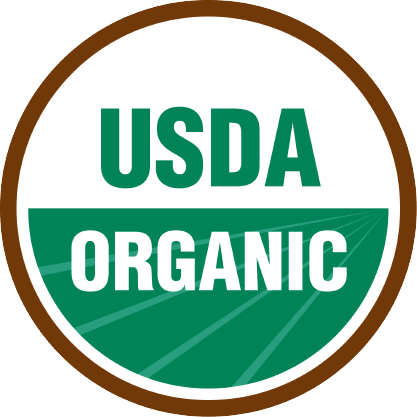Ozone Regulations in Organic Food Production
Organic food products are gaining popularity throughout the world. As concerns from potentially harmful chemicals, hormones, and other synthetic-based products grow, the allure of organic foods continues to increase. Organic foods are typically foods that are grown without pesticides, herbicides, chemicals, or growth hormones. This means the food you are eating is more natural and free of synthetic products.

The National Organic Program (NOP) was established by the USDA to create rules and guidelines to create consistency in the products labeled as organic.. The NOP is responsible for administrating and enforcing the regulatory framework for the national organic regulations. The NOP regulations cover in detail all aspects of food production, processing, delivery, and sale. There are three levels of organic foods as recognized by the USDA.
-
100% Organic – Products made entirely with certified organic ingredients and methods
-
Organic – Products with at least 95% organic ingredients
-
Made with organic ingredients – Products containing a minimum of 70% organic ingredients
http://www.ams.usda.gov/AMSv1.0/nop

Only foods that are categorized as 100% Organic, or Organic (95%), are allowed to display the USDA Organic label on the product to consumers.
There are various regulations that will dictate what ingredients can be used for organic food products. Ozone can be used in some organic applications, but not all. The regulations are sometimes hard to find and not in one central location. Below are a few locations in the organic registry where ozone is listed.
Ozone as an Ingredient:
Ozone can be used as an ingredient in organic foods. However, these foods will not be able to maintain a 100% organic rating. They will only be allowed an Organic, or Made with organic ingredients label.
This information can be found in CFR 205.605
USDA wording from CFR 205.605
§ 205.605 Nonagricultural (nonorganic) substances allowed as ingredients in or on processed products labeled as “organic” or “made with organic (specified ingredients or food group(s)).”
The following non-agricultural substances may be used as ingredients in or on processed products labeled as “organic” or “made with organic (specified ingredients or food group(s))” only in accordance with any restrictions specified in this section.
Ozone is listed in this section follow link HERE
Ozone in Crop Production:
Ozone can be used in the production of crops. Ozone is considered a synthetic substance and regulated as such in crop production. Ozone is allowed for cleaning of irrigation systems only. Provided ozone is used in this manner, all crops will maintain 100% organic rating.
This information can be found in CFR 205.601
USDA wording from CFR 205.601
§ 205.601 Synthetic substances allowed for use in organic crop production.
In accordance with restrictions specified in this section, the following synthetic substances may be used in organic crop production: Provided that, use of such substances do not contribute to contamination of crops, soil, or water. Substances allowed by this section, except disinfectants and sanitizers in paragraph (a) and those substances in paragraphs (c), (j), (k), and (l) of this section, may only be used when the provisions set forth in §205.206(a) through (d) prove insufficient to prevent or control the target pest.
Ozone gas—for use as an irrigation system cleaner only.
Ozone in Production Surface Sanitation:
Ozone can be used in food processing, distribution, and retail centers as a surface sanitation on food contact surfaces. This is referenced in CRF 205.605, however it is made clear in the following document:
USDA wording from: The USDA National Organic Program Requirements for Food Retailers and Distribution Centers
The regulations identify some chlorine materials that may be used to sanitize food-contact surfaces, including calcium hypochlorite, chlorine dioxide, and sodium hypochlorite; hydrogen peroxide and ozone are also permitted. See 7 C.F.R. 205.605.
Link to this entire document HERE
These are the regulations within the NOP that contain ozone. Unfortunately at this time the USDA and the NOP have not given ozone the same latitude it has in other food processing environments similar to the GRAS approval for direct contact with food ozone was given by both the USDA and FDA. We are hopeful that in time, the USDA will allow the use of ozone in more organic applications. As ozone is produced from oxygen, and quickly returns to oxygen after oxidation of potentially deadly pathogens we feel that ozone should be given a greater role in the production of safe 100% organic foods.










